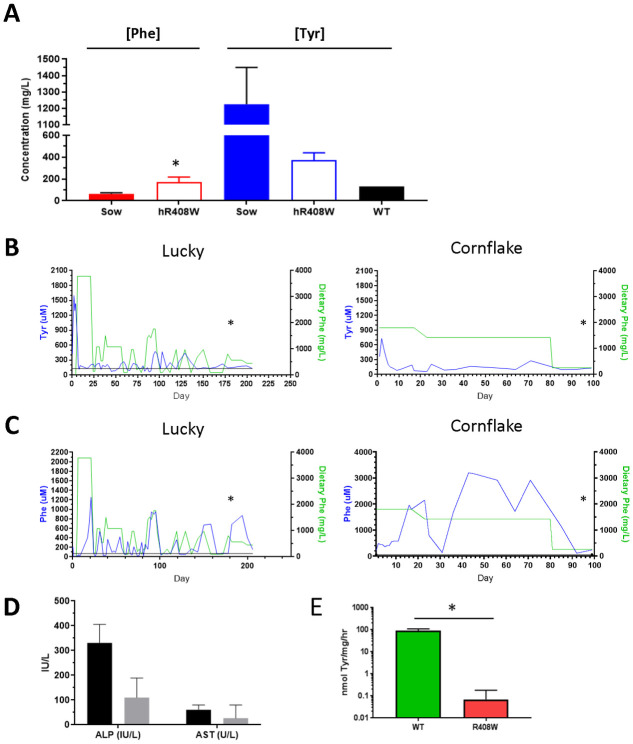Fig 3. PAH-targeted phenotype characterization.
A) Yorkshire founder PKU piglets maintained on NTBC were analyzed at birth for circulating phenylalanine and tyrosine levels, compared to the sow (assayed a C-section). Wild type tyrosine level is represented for comparison due to the elevated levels present in the sow, as maintained on NTBC. B) Two piglets (Lucky and Cornflake) were maintained continuously to characterize the R408W/x metabolic phenotype. Tyrosine levels (blue) were elevated at birth due to NTBC administration during gestation, and showed muted responsiveness dietary phenylalanine available during development (green). C) Serum phenylalanine levels (blue) were well correlated with dietary phenylalanine (green), indicative of disrupted phenylalanine metabolism, modeling human disease. Asterisk represents timing of clinical chemistry analysis in the next panel. D) Liver enzyme analysis of the long term piglet (Lucky) showed healthy ALP and AST levels while maintained on phenylalanine-restricted diet. E) PAH activity was assayed from liver homogenates of animals harvested within 1 week of birth demonstrating nearly complete ablation of activity despite expression, indicating loss of function from the hR408W mutation. * p<0.05 compared to WT sow (A) or age matched control (E).

